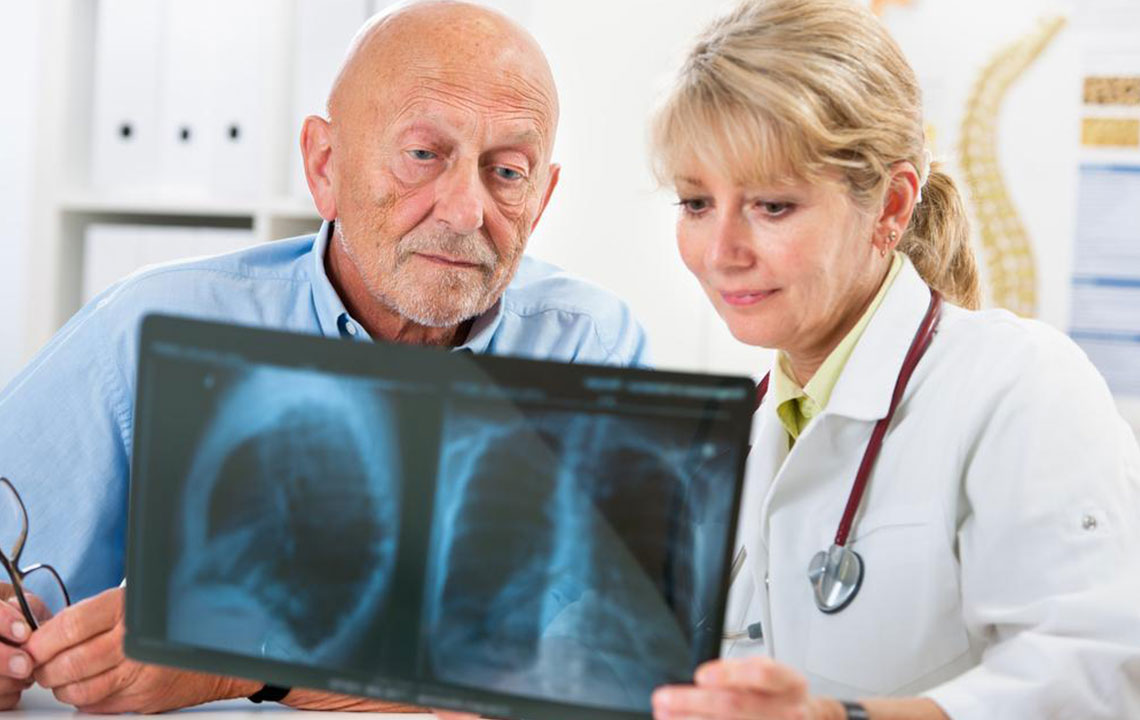Understanding Pneumonia: Signs, Diagnosis, and Treatment Approaches
Learn about pneumonia, including its symptoms, diagnostic methods, prognosis, and treatment options. Early diagnosis and appropriate care are essential for recovery and prevention. Vaccinations and healthy lifestyle practices can significantly reduce the risk of severe infection. This comprehensive overview highlights key signs, tests, and therapies to manage pneumonia effectively and avoid life-threatening complications.

Understanding Pneumonia: Signs, Diagnosis, and Treatment Approaches
Pneumonia is an infection that inflames the lungs, affecting one or both air sacs with fluid or pus accumulation. It is a prevalent condition in the US, impacting individuals of all ages from infants to adults. Annually, over a million people require hospitalization for pneumonia treatment, with total cases ranging between eight and ten million. Common symptoms include breathing difficulty, chills, fever, and a cough producing mucus. Early diagnosis often results in mild complications, whereas delayed treatment can be life-threatening.
Pneumonia prognosis – As a widespread respiratory infection, pneumonia can be deadly if not diagnosed promptly. Accurate prognosis depends on medical evaluations based on symptoms, which aid in early treatment and reduce risks to life.
Blood tests – Blood examinations are essential in confirming the infection and identifying the causative organism, guiding effective treatment strategies.
Pulse oximetry – This non-invasive test measures oxygen levels in the blood and assesses lung function. It helps doctors evaluate the severity of pneumonia and the body's oxygenation status.
Chest X-ray – Once blood tests suggest pneumonia, a chest X-ray provides a visual assessment of lung involvement but cannot determine the exact pathogen.
Sputum analysis – Examining lung fluids helps identify the bacteria or virus responsible, ensuring targeted therapy.
Additional tests like CT scans or pleural fluid cultures may be necessary, particularly in older adults or cases unresponsive to initial treatments.
Recognizing pneumonia symptoms is vital for timely diagnosis and treatment. Key signs include shortness of breath, persistent cough, chest pain during breathing, chills, fever, fatigue, confusion (especially in elderly), and in children, symptoms may present as restlessness, fever, vomiting, or excessive tiredness. Early detection is crucial for effective management and preventing complications.
Effective pneumonia treatment hinges on prompt medical intervention. Over-the-counter remedies are not recommended; consulting a healthcare professional ensures appropriate medication. Bacterial pneumonia often requires antibiotics, with the choice tailored to the infection's severity and patient age. Cough suppressants and fever reducers can alleviate symptoms, but they should be used judiciously. In severe cases, hospitalization may be necessary, especially for elderly or immunocompromised individuals.
Preventive measures include vaccination and maintaining a healthy lifestyle with good hygiene and regular exercise to strengthen immunity. Proper care and timely medication can lead to recovery at home, but medical supervision remains essential. Annual vaccinations are effective in preventing pneumonia, and consulting a doctor about immunizations is highly recommended.










